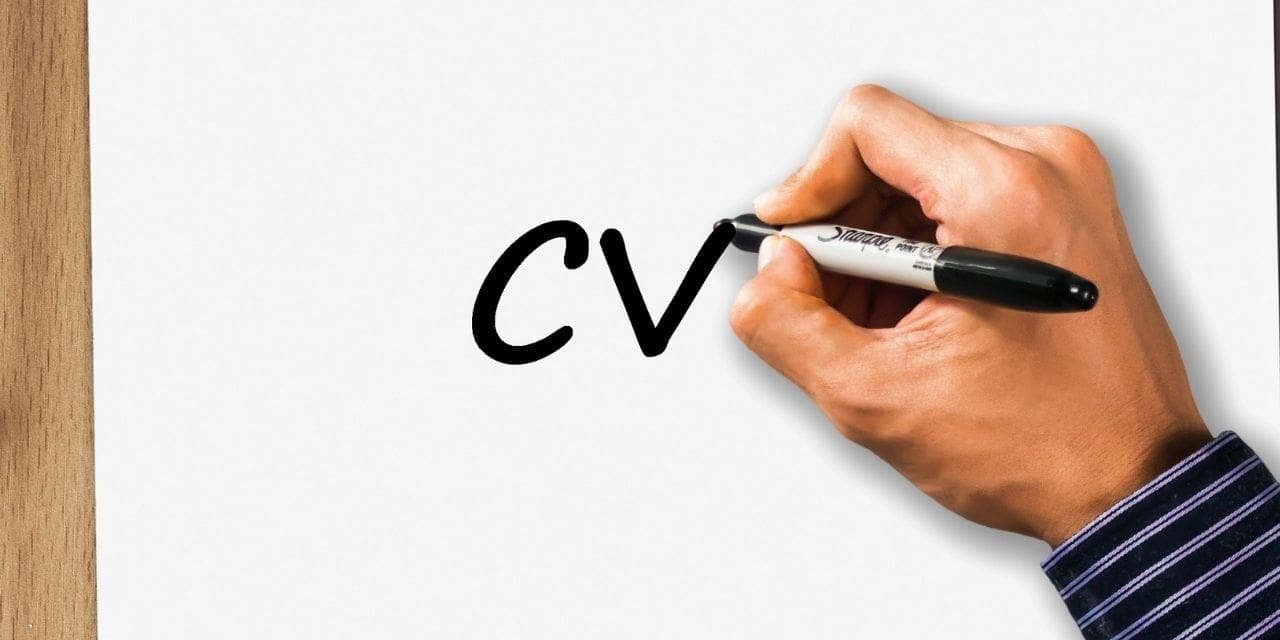It’s no secret that in order to land a great career, you must first create the best resume which will highlight your unique experiences and skillset within your chosen field. This applies across the board, for every industry. So, what does a textile designer need to include in their resume in order to land the perfect job? Here are some important things to bear in mind while crafting your textile designer resume.
- Choose the right resume format for a Textile designer position.
There are three main resume formats that people use when writing a resume. Reverse chronological, which puts your most recent job first and works backwards through your work experience. The functional resume format focuses on your skills rather than your work history. “A functional resume format is perfect for people with little industry experience, like recent grad student or someone who is changing careers” says Ronald Morrison, a career blogger at Paperfellows and Academized. Lastly, there is the combination resume format, which combines aspects from the other two formats and weaves them together. This format tends to be used by the experienced candidate with an extensive, specialised set of skills.
The best choice for most candidates, including textile designers, is the reverse-chronological as it is the format most recognised by employers and is the standard format in every industry.
- Highlight your relevant work experience within the textile industry
Every resume needs to include your work experience, starting with your most recent employer. The same is true if you are applying for a textile designer position within a company. List any relevant work experience that will help you land your next job within the textile industry.
Textile designers mostly work within manufacturing fields. They can also work in research and development laboratories for innovative materials using CAD crafting fabrics, for use in special circumstances like space, or Antarctica. If you are applying for a textile designer position, be sure to include any work experience from these industries.
- Include a clear list of all of your relevant skills
“Textile design positions require some unique skills that are only relevant to a textile designer position” says Julie Preston, a writer at Boomessays and Essayroo. Textile designers not only come up with new ideas, as well as create new, beautiful patterns and designs to be used on a variety of textiles, which use both synthetic and natural fibres. The skills you include should reflect your abilities to do the above job well. Make sure that you include both hard and soft skills, as both are equally important.
If you are just starting your career as a textile designer, you will not have as much work experience, so focusing on your relevant skills is must. Textile designers need to be creative and innovative, so any skills that display your creativity and inventiveness are great to include. Sometimes, textile designers must communicate their ideas to colleagues and customers, so any skills which will highlight good communication are also on the must include list.
- Proofread your resume
After you have included all the relevant information on your textile designer resume, it’s extra important to go back through what you have written and proofread it for any typos, grammar mistakes, and anything else that might be incorrect. Give your resume to a trusted friend to see if everything makes sense and if they notice any mistakes. Double check all of your dates to be sure they haven’t been written down wrong. Look for any layout issues as well.
Consider using tools like Resumention, Assignment Writers, State Of Writing, Liahelp, Uktopwriters to help if grammar and spelling are not your strong suit.
- Include a cover letter which matches the format and layout of your resume
Always include a cover letter, keeping the same layout as your textile design resume. Cover letters are necessary. A cover letter increases your chances of landing your next interview. An easy way to tie your cover letter to your resume is by using the same heading across the top.
These five tips will help you write a great textile designer resume, land an interview, and get your next industry job.
Emily Henry is a contributor at Write My Dissertation and Essay For Sale. She writes about resume writing. Emily is also a tutor at Assignment Writing Service.

